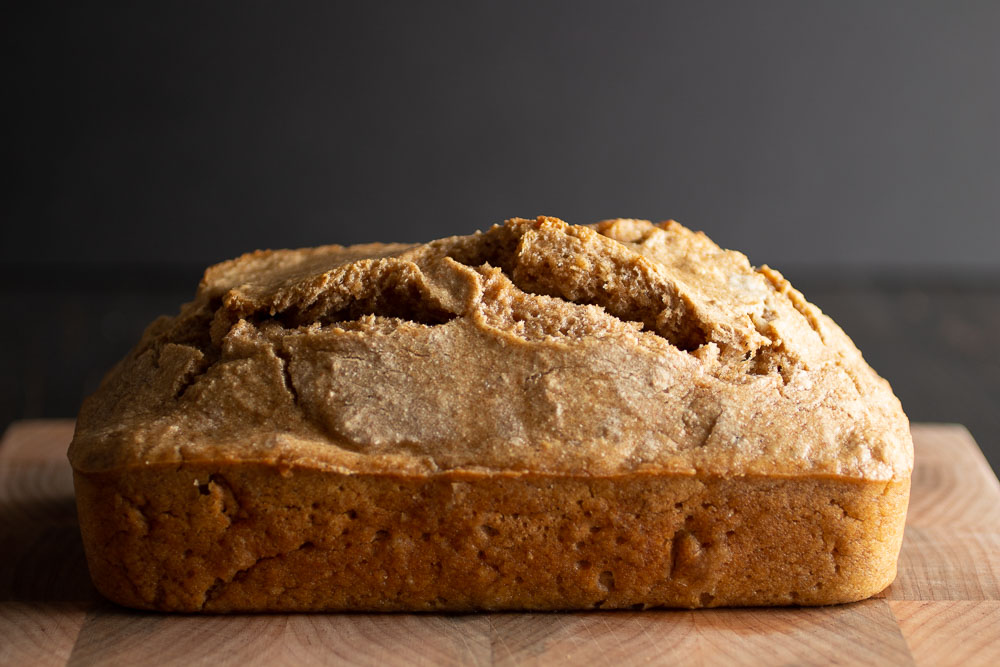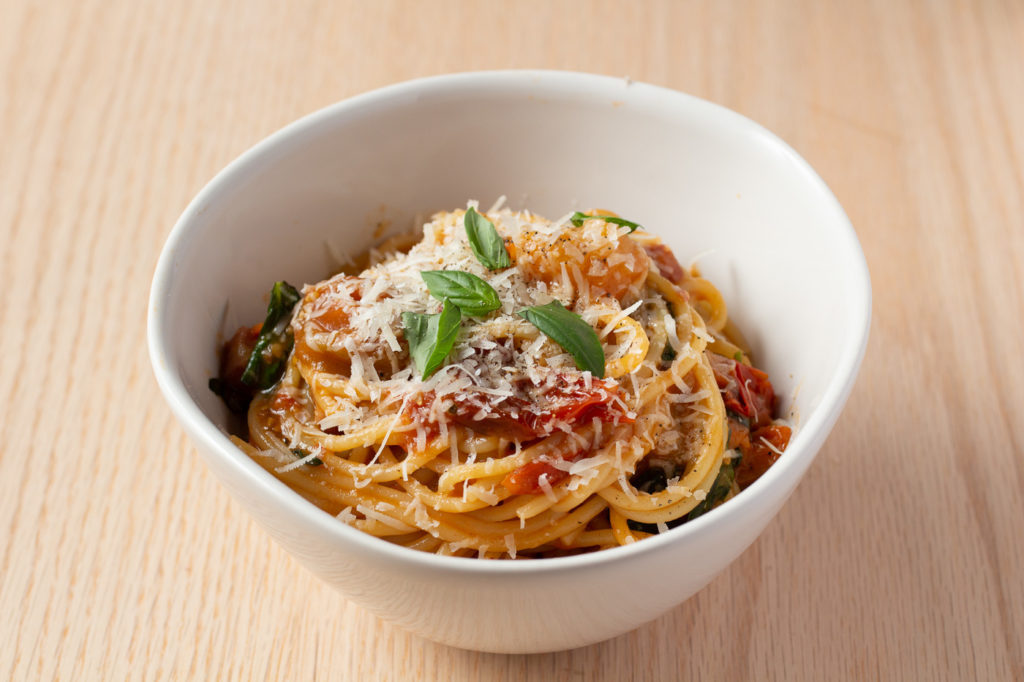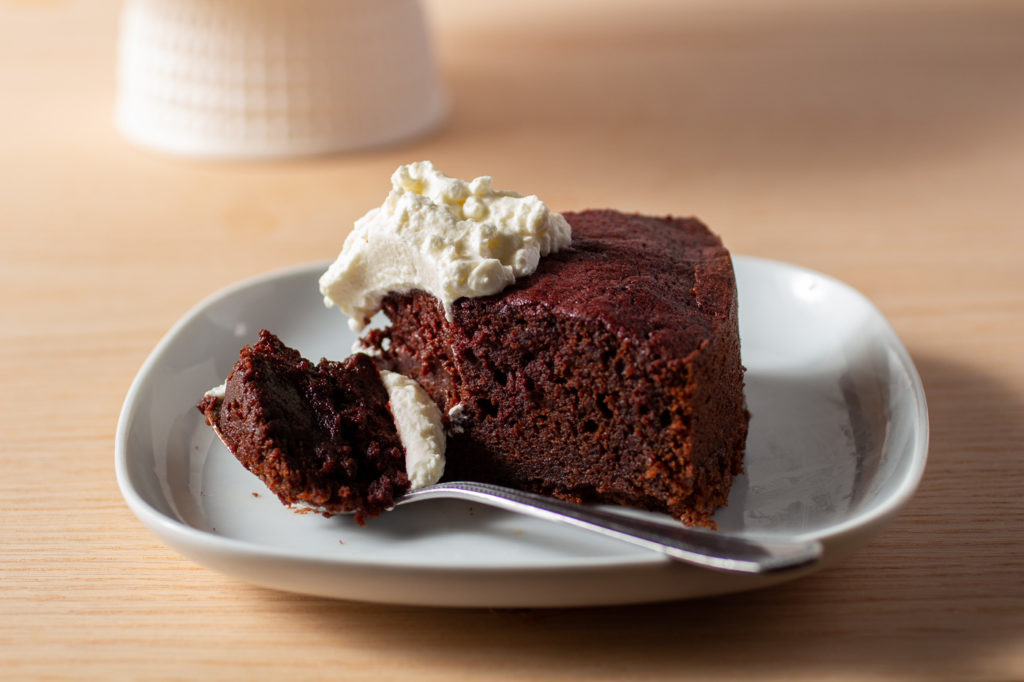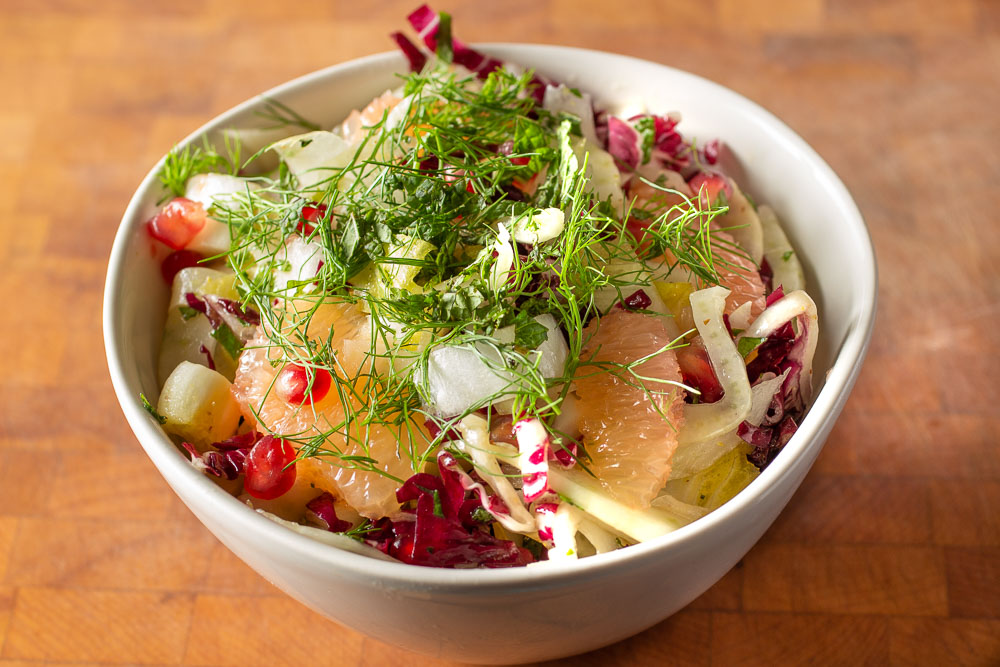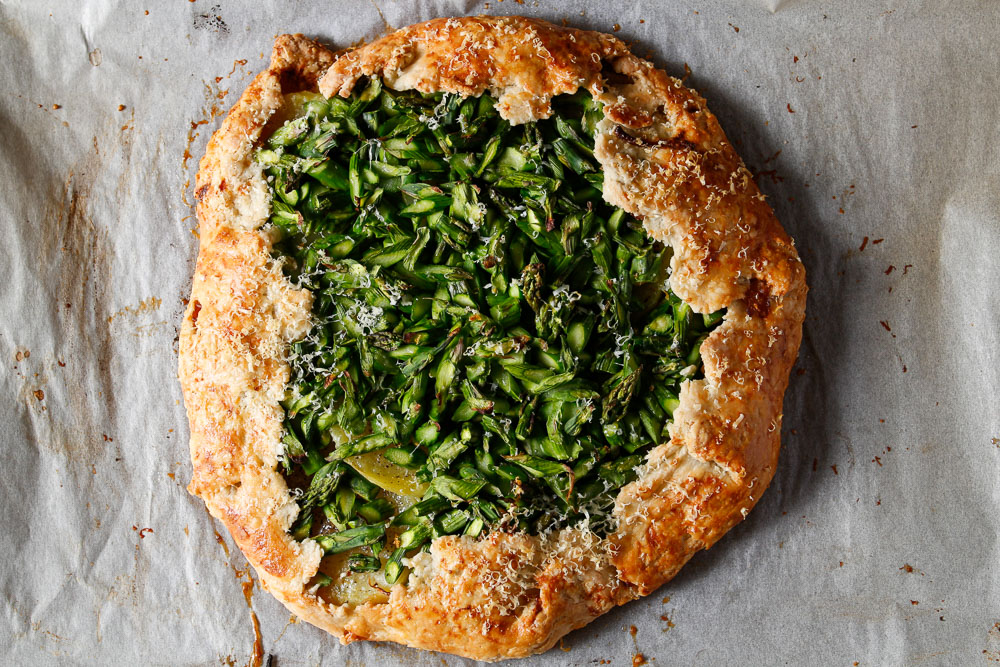
asparagus, potato and sweet onion galette
A galette is just a pie with authority issues; unruly and endlessly adaptable, it’s the rapscallion of the baking world. I even flatter myself to think we have a peculiar sort of kinship—if I were to reincarnate in edible form, I like to think I’d retain my rough edges and eschew the conventionality of a pie dish.
Notwithstanding our soulmate status, I have one small galette grievance: because there’s a lot of crust around the edges—there to make up for the structure of said dish—the filling to crust ratio drops sharply around the last third of a slice, which often leaves wanting more of the former and less of the latter. To mitigate this, I ignore the usual advice to leave the borders bare before folding, spreading caramelized onion and parmesan end-to-end. But of course, it’s also crucial to get the crust itself right, and somewhere along the way to finding one I’d enjoy through the tail end of a slice, I upended the way I’ve been making pie dough for more than a decade—and I’m never going back.
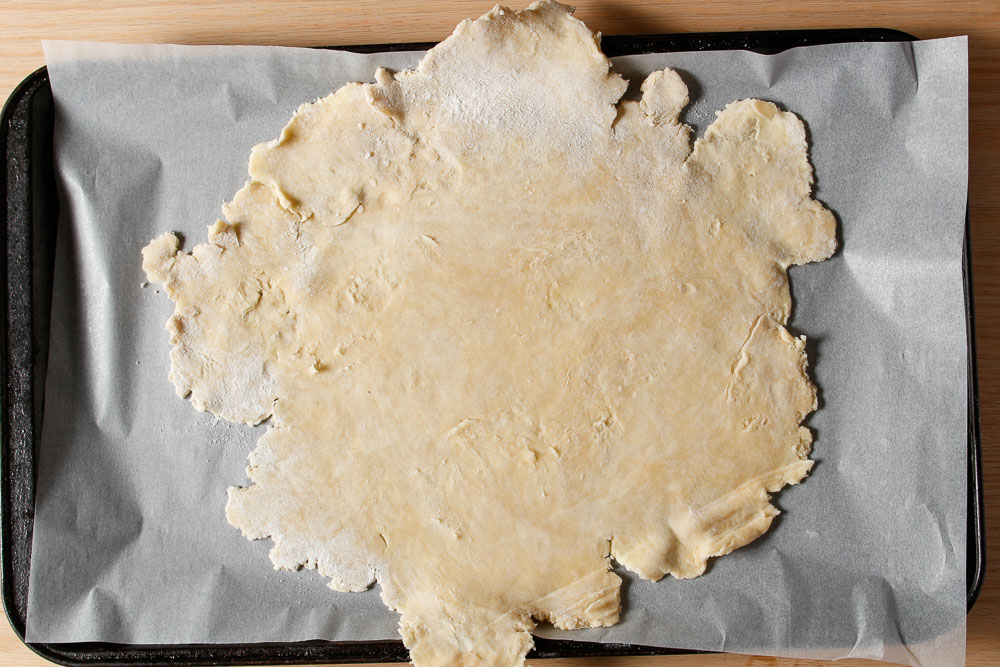
a digression on the virtues of yogurt in pie crust
Since my very first apple pie (or since my first successful one—the very first one emerged a pie-shaped lump of coal), I’ve been making pie/galette dough in more or less the same way, with minor adjustments. If you’re not familiar with the 3-2-1 method, allow me to blow your mind: pie dough is a standard ratio (by weight) of flour-fat-water. A moment for those of us who stopped paying attention in math class earlier than advisable:
3 : 2 : 1
flour : fat : water
12oz. flour (~2.5 cups): 8oz. fat (2 sticks of butter): 2-4oz. ice water*
*(for a double-crust pie or two 9-inch galettes)
You add a bit of salt to the flour (about a half teaspoon kosher salt per cup), rub fat (butter, lard, or shortening—I prefer butter) into the flour until it resembles chunky wet sand, add enough ice water to bind it into a shaggy mass, chill, and roll. Some cooks use a food processor to cut the butter in, but I get better results with my hands—plus it’s fun, and there’s one less thing to wash.
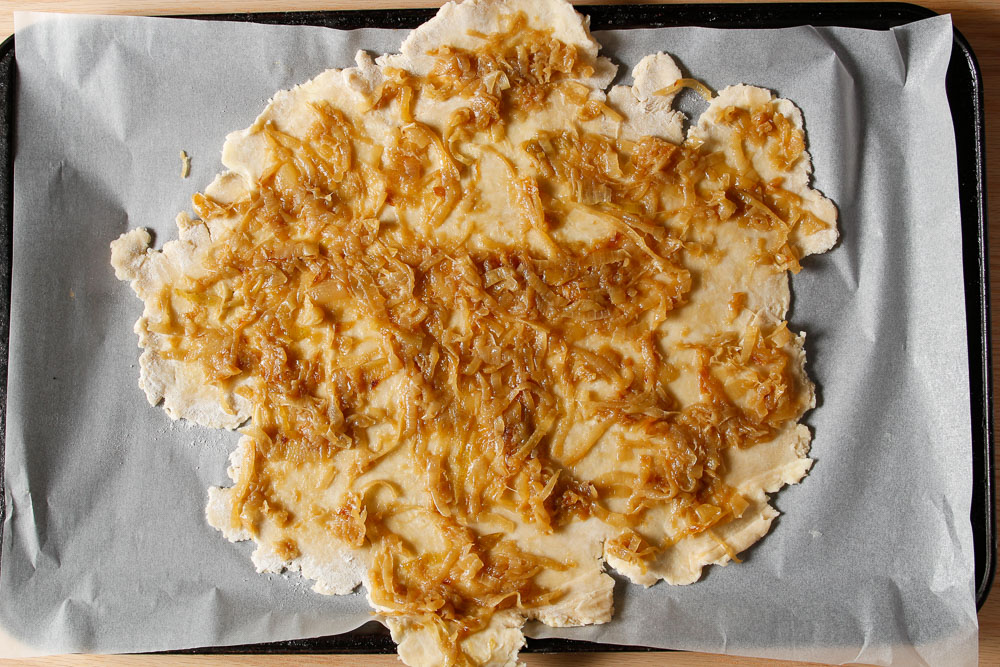
There’s nothing wrong with this method: it’s worked for me and countless other cooks for time immemorial. But let’s talk about the water. The quantity of water is a range because, not withstanding the typical how-humid-is-your-kitchen variable, you have to adjust for how much moisture is in your butter/lard/whatever—and the amount of moisture, even in commercial butter, can vary widely enough to throw off your results. This makes the method a wee bit unforgiving—add too much ice water and you get a tough, shrunken crust; not enough and it won’t come together. If you add too much water, you can fix it by adding more flour, but add too much of that and you throw off the flour to fat ratio.
AND while you’re trying to figure out if it’s too wet, too dry, or Goldilocks just right, the clock is a’tickin’—work too slowly and the butter will melt, eliminating the flaky pockets we value pie crust for. You see where I’m going with this: too many rules and not enough room for error for my taste. Maybe it’s the freewheeling spirit of the galette that had me up late questioning tradition, but here’s where I landed: whole (full-fat) yogurt works better than water.
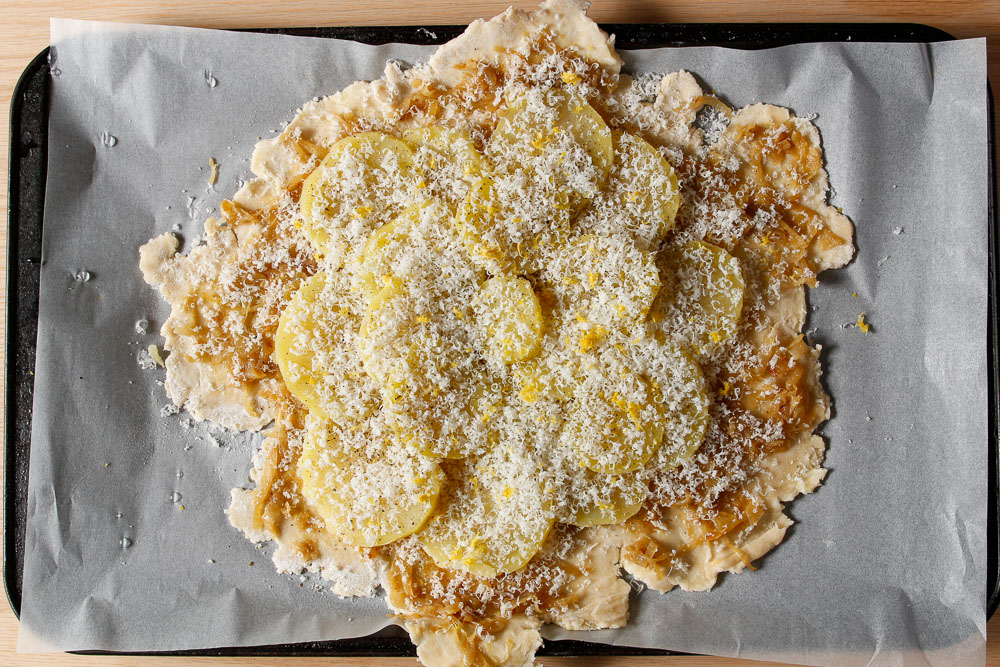
I’m not reinventing the wheel here—yogurt-only dough recipes exist, but from what I can tell, they’re far from the norm. Most recipes incorporating yogurt also use ice water, but why bother? (This may be the one point on which I disagree with the incomparable Deb Perelman, whose excellent recipe inspired this one). When water and flour come together, gluten proteins form—desirable in bread, but a big no-no for shortcrust pastry. Obviously, there’s water in yogurt, but the fat helps keep water away from the protein molecules, keeping things reliably tender. It’s the same reason some cooks add vodka, but yogurt has a touch more richness and a delicious tang—vodka will inhibit gluten formation, but it won’t enhance the dough’s flavour.
I like tricks that require no extra effort, but I have a special place in my heart for methods that make food better and are actually easier than the traditional way. My good people: subbing yogurt for water not only improves the crust, but makes it significantly more pliable and easier to roll out, skirting one of the major reasons a tired cook will forego the homemade stuff and buy puff pastry.
Note to future self: try sour cream, skyr, greek yogurt, and kefir. Tally results. I promise to report back, but in the meantime, try a crust with exclusively whole, plain yogurt as the liquid part of your ratio and thank me later.
and now: on this particular galette
It’s definitely spring—hence the asparagus—but full disclosure, it’s also way too early for local asparagus in my neck of the southern Ontario woods. I bought these spritely bunches from a grocery store, and they travelled here from Mexico—oh well. (By the way, these photos are from when I made two).
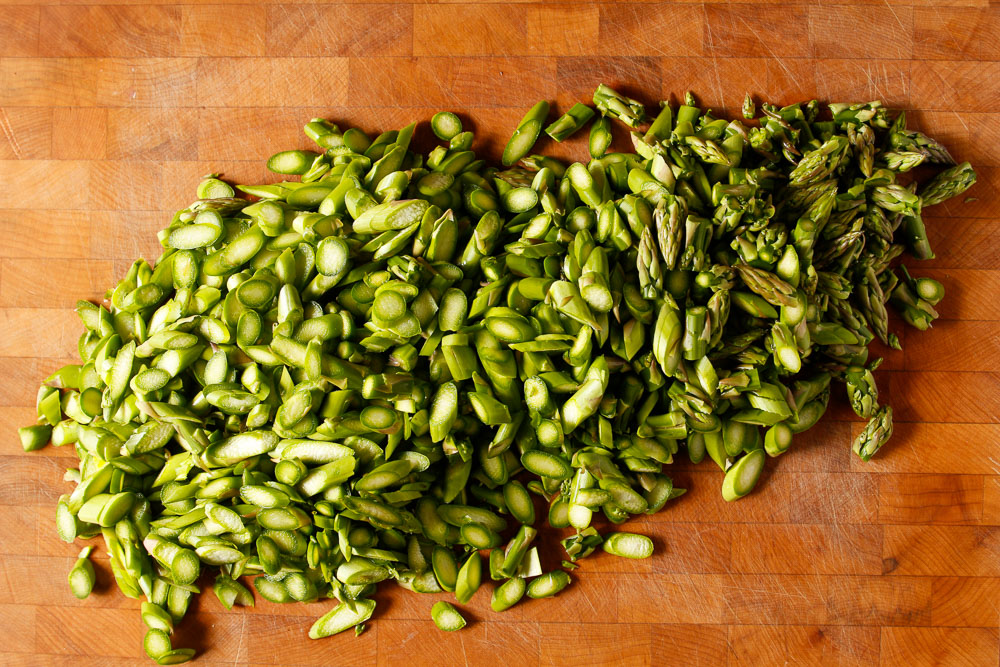
I mentioned earlier that I tend to find the crust-to-filling ratio too high at the end of a galette slice—even with a perfectly delectable crust. Now, most recipes will advise you to pile your fillings in the center and leave the border bare for folding. That makes good sense for wetter, fruity galettes that need to be well-contained, but this one holds its own with minimal structure (again, I feel seen). We’re going to make proper caramelized onions and spread them from one end to the other, and cover the lot with parmesan so you get extra flavour and texture when you fold the crust over. This is my grown-up ode to the stuffed crust pizza of childhood birthday parties.
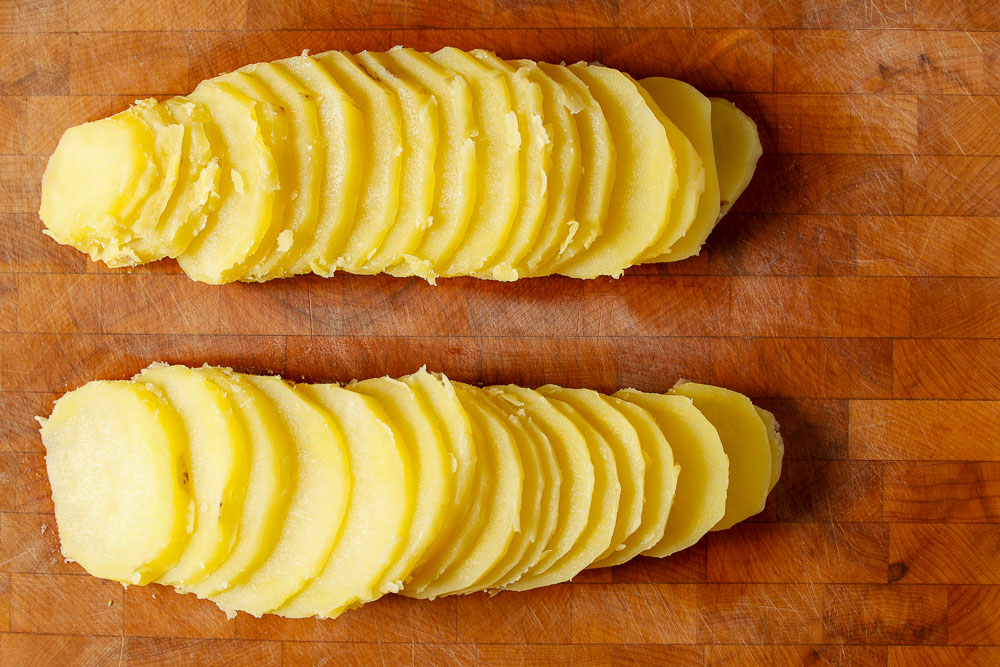
There’s also thinly sliced potato for a bit of earthy heft, and a pile of asparagus that stays verdant and crunchy thanks to Deb Perelman’s advice to salt the vegetable before cooking. An extra step, but well worth it. It not only softens the asparagus, helping it retain its colour in the oven without turning brown but yields well-seasoned asparagus. (Don’t rinse it after draining).
(If for some reason you’ve been living under a rock and have yet to discover Deb’s Smitten Kitchen, allow me to be the thousandth person to recommend that you should).
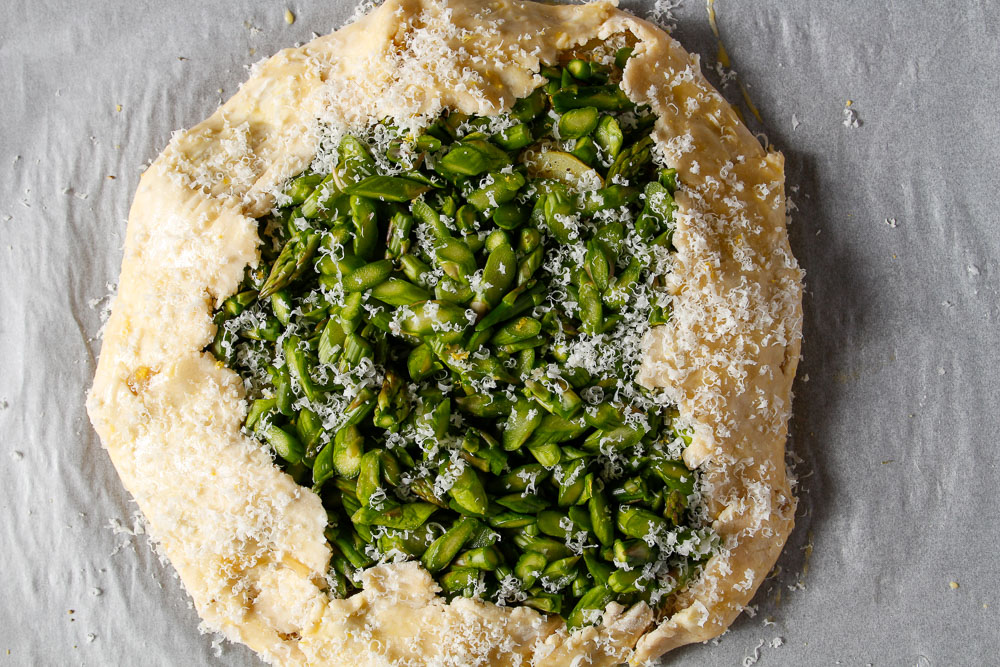
I also offer a variation with jammy yolks, pictured below. They are entirely optional, but fun if you don’t mind having a few leftover egg whites in the fridge to cook for breakfast (or make meringues with). Plop them on top in the last few minutes of baking, and watch them carefully—you want to just heat them through and avoid them forming a skin (but if that happens, whatever – it still tastes great). Cut into the yolks before slicing the galette, and spread them roughly over the top. Eggs and asparagus are a famously good match, since the yolky richness tempers asparagus’s strident notes. But if you use the yolks, plan not to have leftovers—this doesn’t keep as nicely with them, and will last in the fridge for at least a week otherwise.
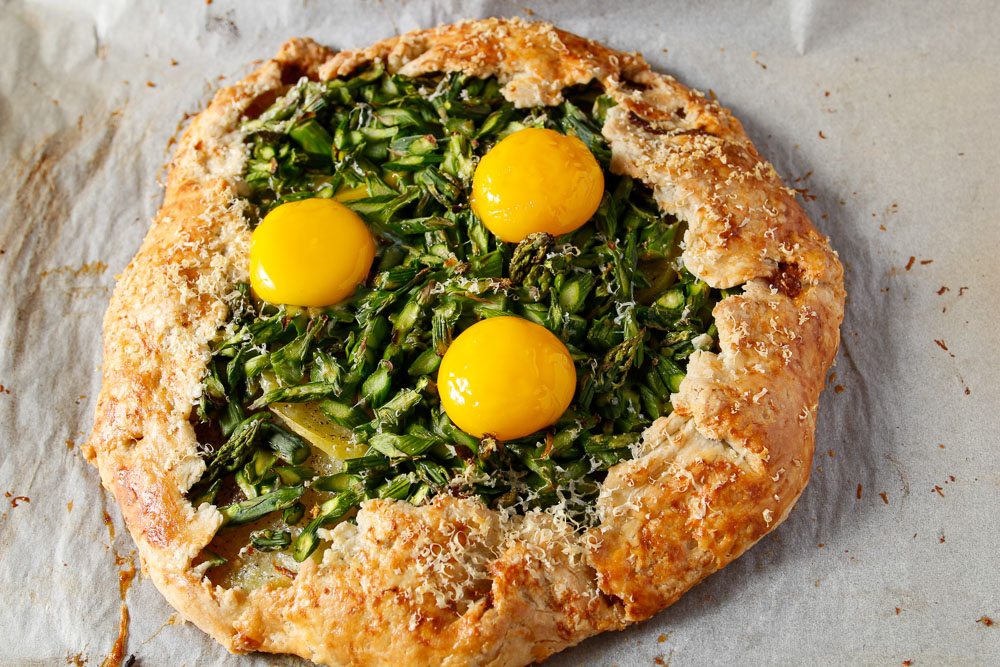
crust
flour 6oz. or 1 1/4 cups (if you have a scale—use it)
kosher salt 3/4 teaspoon
butter 1 stick
whole, plain yogurt 1/4 cup
filling
yellow onions 1 pound, or about 3-4 medium (err on the side of too many)
butter 2 tablespoons
asparagus 1 bunch
zest of 1 large or 2 small lemon(s)
Yukon gold or other waxy potato 1 large
grated parmigiano reggiano 1/2 cup
egg yolks (optional) 3
egg (for eggwash) 1
kosher salt
order of operations
If you think you’ll be short on time the day of assembly, you can make the crust, caramelize the onions, and parboil/slice the potato a few days in advance.
I usually do it all in one go, in which case: get the onions caramelizing first, and then move onto your crust and the rest of the filling.
make the crust
Prepare a sheet of plastic wrap roughly the size of a piece of paper and set it nearby so you don’t have to yell for assistance with doughy hands in a few minutes.
Cut a cold stick of butter into small pieces (no need to be precise) and stick it in the freezer for five to ten minutes. Whisk the kosher salt into the flour.
Add the very cold butter to the flour and toss to coat. Using your fingers, rub the flour and butter together till the latter is in mostly pea-sized pieces (a few slightly larger ones won’t spoil the party). Work quickly, but don’t panic—it can smell fear.
Add the yogurt and sort of mash it altogether. You’ll get a wet, shaggy dough that needs some encouragement to form a cohesive ball (less encouragement than if you hadn’t used yogurt). Use your sticky dough ball to pick up stray bits of flour, flatten it slightly, wrap in plastic, and stick it in the fridge to chill for at least half an hour.
caramelize the onions
Cut the onions in half, peel them, and slice into roughly 1/2 inch wedges.
Add the butter to a large frying pan on medium-low. When it melts, add the onions and a generous pinch of kosher salt. Stirring occasionally and scraping up any brown bits, cook for 40 minutes to an hour till they’re sweet, dark, and heavenly. Don’t rush.
Let them cool to room temperature before assembling (this takes only a few minutes on a plate).
prep the asparagus and potato
While your onions are onioning, cut the asparagus into thin slices on a bias, and toss with 3/4 teaspoon kosher salt in a large bowl. Let it sit for 30 minutes, drain in a colander, and pat mostly dry with a paper towel.
Peel the potato, cover it with water in a small pot (always start potatoes in cold water), add a good pinch of salt, bring to a boil, and cook for 10-15 minutes, or until it softens but doesn’t cook all the way through. Thinly slice.
roll out the crust
Preheat the oven to 400F.
Lightly dust a rolling surface with flour and set your dough disc onto it. Use a rolling pin to flatten it gradually, flipping and dusting with more flour as needed, to a roughly 9-inch diameter and 1/8-inch thickness (not so thin it’s translucent).
It will have rough, scraggly edges—and that’s just the way we want it—but if the crust rips or gets too uneven during the rolling process, it’s easy enough to fix. Detach a piece, place it where you want it, and mush it in with your fingers before rolling over it. Make sure you roll the crust thin all the way through the edges.
assemble
Spread the caramelized onions edge to edge. Arrange the potato slices in the middle, leaving a roughly 3-inch border. Sprinkle with a pinch of kosher salt. Add most of the parmesan and all the lemon zest, going beyond the potato border to the edge.
Top with the drained asparagus, piling it within the potato border. Fold the edges over the filling, breezily unbothered by how imperfect it looks. Maybe you’ll get bangs later, who knows.
Beat an egg with a half teaspooon of water. Using a pastry brush, a fork, or your hands, lightly coat the crust with the egg mixture. Sprinkle with more parmesan.
Bake for 35 minutes (start checking at 30), or until the crust is a gorgeous golden brown. Cut into slices and serve (since there’s no runny filling, you can do this while it’s hot).
(optional) add the jammy yolks
When the galette is done, turn the oven down to 350.
Add the yolks in a rough triangle over the asparagus, and pop back into the oven. Cook for 3-5 minutes—you want to just heat them through. Before cutting, break the yolks and spread them around the top.
store
Without the yolks, this will keep for up to a week. Serve hot, cold, or at room temperature. With the yolks, plan not to have leftovers and serve hot.

